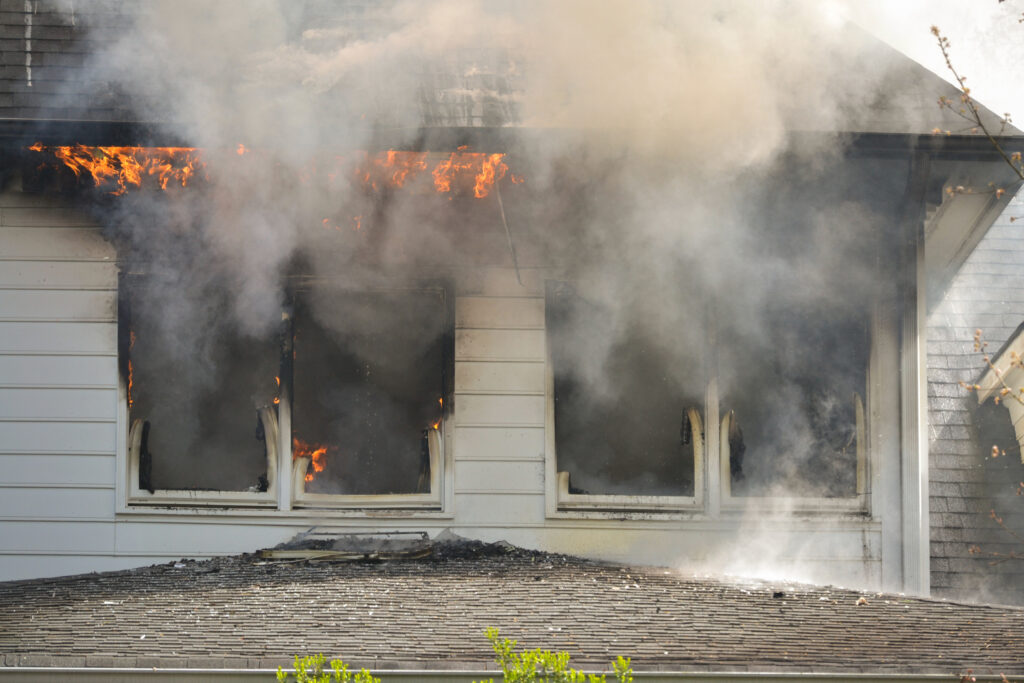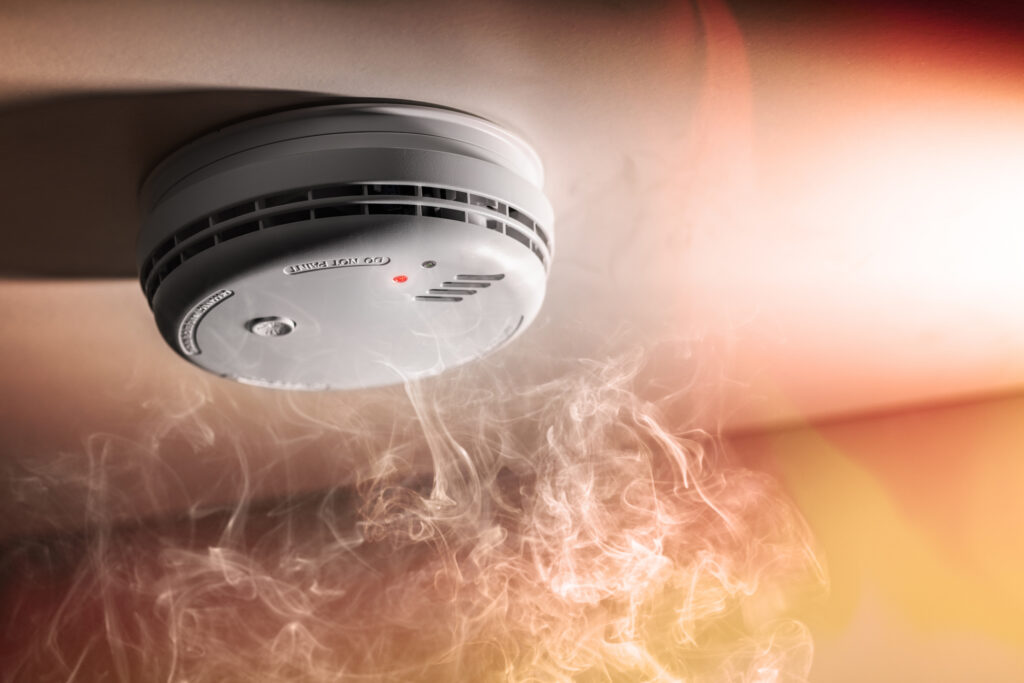Published February 4, 2025
House fires can lead to deaths, serious injuries, and loss of property. Fires and burns are among the 10 causes of preventable injury deaths in the U.S., resulting in over 3,400 deaths every year. In 2014, structural fires, not associated with wildfires, cost the U.S. over $328 billion.
Past research has shown a link between house fires and poor housing conditions, overcrowded neighborhoods, and poverty.
A research team at the University of Iowa investigated if serious house fires in Iowa repeatedly occur in the same areas and whether underlying factors, such as social vulnerability, are connected to these fires. The study found 50 census tracks (defined geographical areas) with multiple fires and a significant association between house fires and areas with low socioeconomic status.
Increasing house fires in Iowa
Lucy Wibbenmeyer, a burn surgeon at UI Health Care, said that the number of UI Health Care Burn Center patients injured in house fires doubled between 2015 and 2022, from 15 to 31 a year.
“I noticed an uptick in the incidence of house fires over the past two decades that I have been doing burn care at the UI,” she said. “At first, we did not seem to have that many – now it seems like we have one almost every week.”

Wibbenmeyer led the study, funded in part by the UI IPRC pilot program, but said the idea to investigate at-risk areas in Iowa came from her colleague Alba Aguillon, a research specialist on her team who moved to the U.S. from Colombia many years ago.
“She was not aware of the need for smoke or carbon monoxide detectors and worried that Hispanic and other Iowa communities may lack this knowledge,” Wibbenmeyer said.
Areas with multiple house fires
Gilsu Pae, a post-doctoral research scholar in the Department of Epidemiology who led the analyses, said house fires in Iowa did not occur randomly.
“House fires can occur accidentally,” he said. “However, we hypothesized that if serious house fires repeatedly occur in the same area, underlying factors, such as social vulnerability, are associated with the fires.”
Pae said residential fires, which include apartment buildings and single-family homes, mostly occurred in urban areas in Iowa.
“Between January 2008 and June 2023, Cedar Rapids and Waterloo experienced 21 and 22 serious residential fires, respectively, with seven census tracts each where multiple residential fires occurred,” he said. “These two cities had most serious residential fires in Iowa.”
Although Des Moines experienced 12 serious residential fires, Pae said, it had only one census tract with multiple residential fires.
The team analyzed and mapped data attached to geographic locations to examine relationships between serious house fires in Iowa and social, economic, and environmental factors.
Serious house fires were identified through the University of Iowa burn registry from 2015-2022. This registry includes all patients with house fire-related injuries who required admission to the state’s only burn center located at University of Iowa Health Care in Iowa City.
A limitation of the study was that it included only patients in the UI burn registry, which does not include Iowans who went to a bordering state for burn care due to proximity (e.g., Nebraska). In addition, the burn registry does not include people who died of house fire-related injuries at the scene.
Wibbenmeyer said, “Of course, we know that there are more fires in which either people are not injured or die in the fire.”

Social vulnerability linked to Iowa house fires
Social Vulnerability Index (SVI) and Area Deprivation Index (ADI) are widely used measures to examine social vulnerability. These indices include socioeconomic factors related to social differences, such as education level, unemployment, and poverty. Both SVI and ADI were significantly associated with serious house fires in Iowa.
Pae said Iowa house fires were also associated with areas with a higher Black population and housing units classified as mobile homes. Areas with more mobile homes can indicate lower socio-economic status since these homes are often more affordable. However, mobile homes are often more vulnerable to weather-related damages and fires than traditional housing.
“Although this study cannot confirm which specific social vulnerability factors directly cause house fires, it is evident that social differences are closely linked to serious house fires,” Pae said.
Prevention of house fires in Iowa
Home fires result primarily from cooking, smoking, heating equipment, electrical distribution and lighting equipment, and intentionally setting a fire. Prevention includes having working smoke detectors and accessible fire extinguishers, exercising caution while cooking, having a fire escape plan and practicing it, and not smoking cigarettes indoors.
Wibbenmeyer said fire prevention dollars are scarce.
“Knowing where to concentrate helps maximize your efforts from a fiscal and prevention angle,” she said.
The study results, which have not been published yet, will be shared with community governments, health centers, and fire departments to develop prevention strategies involving multiple public agencies aimed at addressing house fires in affected areas of Iowa.
Wibbenmeyer said, “We are hopeful to start on the intervention phase of the study next and are in the process of soliciting partners.”
Some resources:
Integrating spatial analysis with census data to unravel the complex interaction between socio-economic variables, the built environment and multiple housefires in a predominantly rural state (Injury Prevention journal)
Home fire safety (Center for Injury Research and Policy at Nationwide Children’s Hospital)
National Fire Protection Association
Prevent Farm Fires (Iowa’s Center for Agricultural Safety and Health)